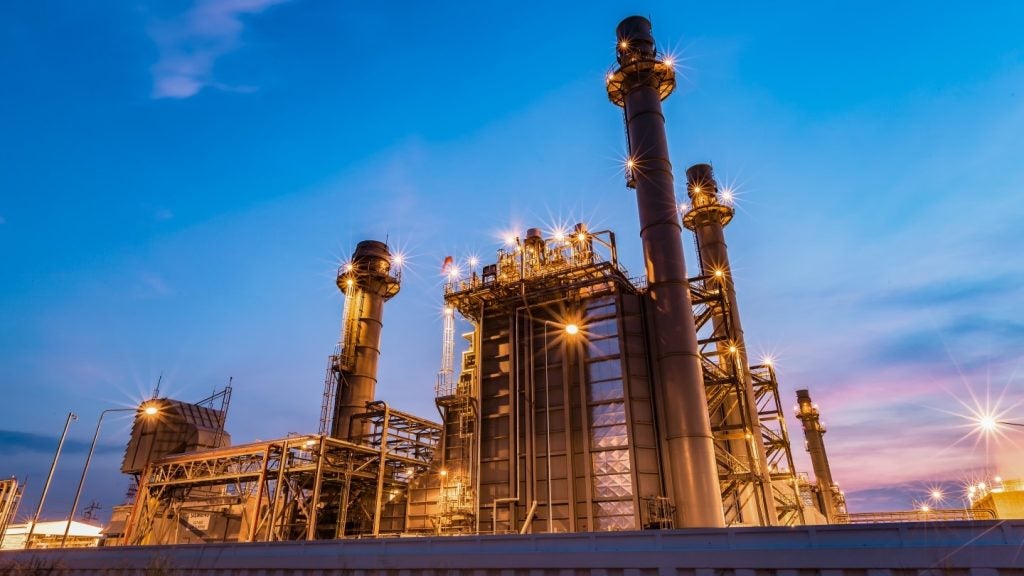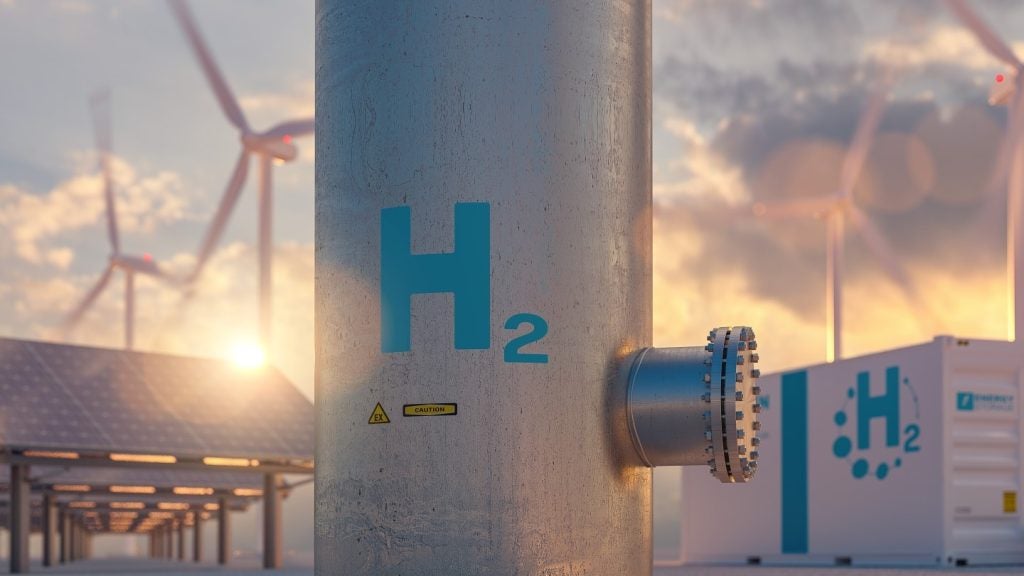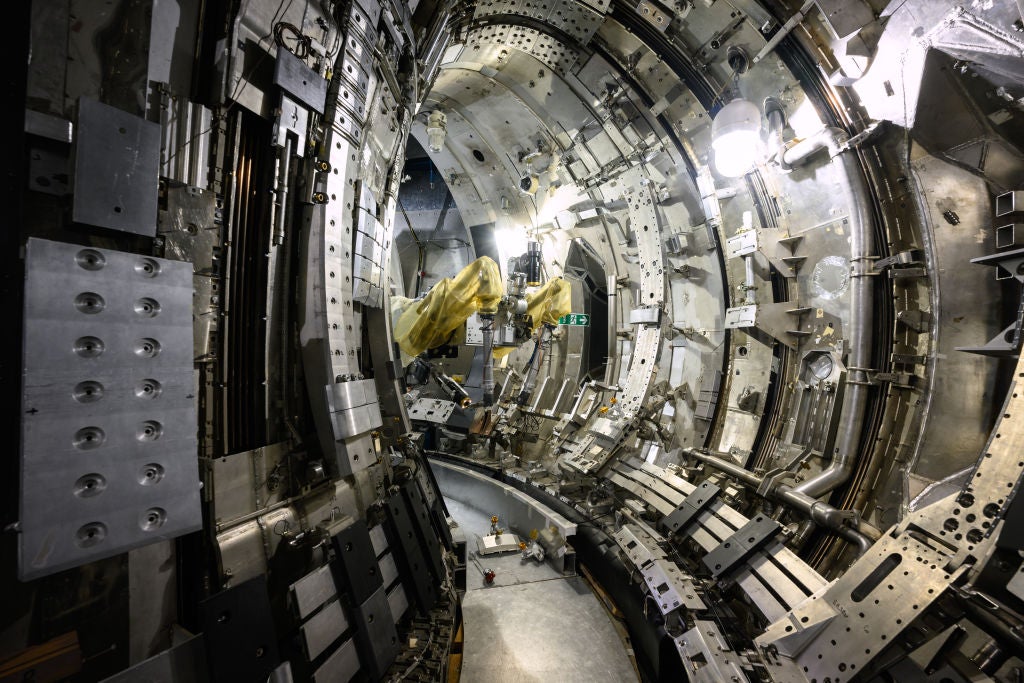
Solar wastes have the potential to become a gigantic environmental and health disaster if they are not curbed in advance. Traditionally, the PV industry has extensively purchased cast-off silicon wafers and polysilicon feedstock at reduced costs from computer chip makers. This is because PV cells required silicon with less purity than that required for computer chips. The demand from the PV industry now exceeds the supply from the computer industry. As a result, the production of solargrade silicon is increasing. Solar cell production has grown sevenfold between 2003-2004 and 2009 in the US. Soaring growth of the modules market necessitates the need to explore responsible and efficient recycling to avoid a potential environmental and health disaster.
The production of modules involves the simultaneous generation of large amounts of waste. The production of crystalline silicon cells (c-Si), for instance, which dominate more than half of the US solar PV market, creates huge amounts of waste by-product. Sawing c-Si wafers creates silicon dust waste known as kerf. Rinsing of wafers is estimated to result in the loss of 50% material in air and water. This can create inhalation issues for labourers. Silicon dust is harmful for inhalation and workers in the PV manufacturing industry are highly exposed to it. c-Si production involves refining silica at high temperatures to remove oxygen and make metallurgical-grade silicon. c-Si produces a highly explosive gas called silane gas, which can be highly dangerous. Sulfur hexafluoride (SF6) is one of the most potent greenhouse gases.
It is estimated that a ton of SF6 equals a greenhouse effect of 25,000t of CO2. SF6 can be reduced to sulphur dioxide (SO2), the emissions of which can result in acid rain. Overuse of SF6 can undermine climate change targets by the use of solar power, as SO2 emissions create a high greenhouse effect.
Production of silane gas and trichlorosilane produces a waste of highly-toxic tetrachloride. This can result in skin burns (be an irritant) and is harmful for the skin, eyes and respiratory system. Disposal of tetrachloride in landfills can affect the life and agriculture in nearby areas, thereby making the area unsuitable for cultivation and for people to reside nearby. Silicon tetrachloride results in high acidity in the soil, making it unsuitable for cultivation and toxic for ingestion or inhalation. The following table lists the application and impact of toxic chemicals involved in module production.
| The Global PV Modules Market, Application and Impact of Chemical Substances Used, 2008 | ||
| Chemical Substance | Application | Impact |
| Phosphorous Trichloride | Doping of semiconductor materials | Occupational hazards |
| Silicon Dust (KERF) | Produced in sawing of wafer | Inhalation problems |
| Lead | PV circuits, wiring, copper-coated strips | Hazardous to the nervous system, cardiovascular system, kidneys and endocrine systems |
| Cadmium Tetrachloride | Manufacturing | Harmful for kidneys, livers, bones and blood |
| Hydrochloric Acid | Clean semiconductor materials | Corrosive |
| Copper dust | CIS/CIGS manufacturing | Inhalation issues |
| Indium dust | CIS/CIGS manufacturing | Inhalation issues |
| Gallium dust | CIS/CIGS manufacturing | Inhalation issues |
| Selenium dust | CIS/CIGS manufacturing | Inhalation issues |
| Hexavalent Chromium | Coating on panels to absorb radiation; also used in screws and circuit boards | Carcinogenic |
| Polybrominated diphenylethers (PBDE) | Reduce flammability of plastics in circuit boards and invertors | Carcinogenic and disruptive to endocrines |
| Nitric Acid | Clean semiconductor materials | Corrosive |
| Potassium Hydroxide (KOH) | Removal of the damage caused by sawing on silicon wafers | Harmful for eyes, lungs, skin |
| Sulfuric Acid | Clean semiconductor materials | Corrosive |
| Arsine gas (ASH3) | Doping of semiconductor materials | Occupational hazards |
| Phosphorous Oxychloride | Doping of semiconductor materials | Occupational hazards |
| Sodium hydroxide (NAOH) | Removal of the damage caused by sawing on silicon wafers | Harmful for eyes, lungs, skin |
| Boron Trichloride | Doping of semiconductor materials | Occupational hazards |
| Boron Bromide | Doping of semiconductor materials | Occupational hazards |
| Ammonium Flouride | Manufacture of Mono c-Si cells | Occupational hazards |
| Tin | Manufacture of Mono c-Si cells | Occupational hazards |
| Hydrogen Fluoride | Clean semiconductor materials | Corrosive |
| Source: GlobalData: PV Recycling: Solar Industry’s Clean Development Initiative | ||
This report is a licensed product and should not to be reproduced without prior permission.
How well do you really know your competitors?
Access the most comprehensive Company Profiles on the market, powered by GlobalData. Save hours of research. Gain competitive edge.

Thank you!
Your download email will arrive shortly
Not ready to buy yet? Download a free sample
We are confident about the unique quality of our Company Profiles. However, we want you to make the most beneficial decision for your business, so we offer a free sample that you can download by submitting the below form
By GlobalDataSee Also:
The information in this document has been extracted from Alternative Energy eTrack by a registered user.
GlobalData holds no responsibility for the loss of original context and for any changes made to information following its extraction.
All information was current at the time of extraction, although the original content may have been subsequently updated.







